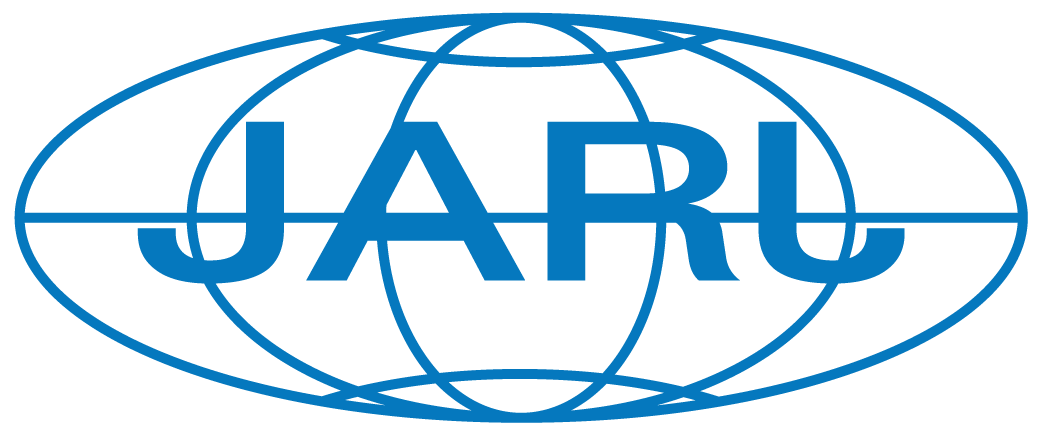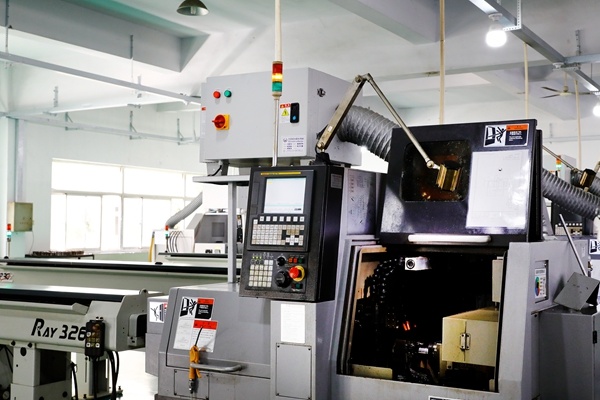Understanding Turned Precision Parts: Key Aspects for Manufacturing Success
Release Time:
May 27,2025
In the realm of mechanical processing and precision machining, turned precision parts play a pivotal role. These components are created through a turning process, which involves rotating a material — typically metal or plastic — against a cutting tool. This process allows for the production of highly accurate and consistently shaped parts that are critical in various applications, from automotive
In the realm of mechanical processing and precision machining, turned precision parts play a pivotal role. These components are created through a turning process, which involves rotating a material — typically metal or plastic — against a cutting tool. This process allows for the production of highly accurate and consistently shaped parts that are critical in various applications, from automotive to aerospace industries.
One of the key advantages of using turned precision parts is their high dimensional accuracy and surface finish. The turning process allows for the creation of complex geometries, such as cylindrical shapes, grooves, and threads, which are often required in modern engineering designs. Achieving such precision is paramount, especially in industries where even the slightest deviation can lead to significant performance issues or failures.
The production of turned precision parts involves several critical steps, beginning with the selection of raw materials. Common materials used include aluminum, brass, stainless steel, and plastic polymers, each chosen based on the specific requirements of the application. Following material selection, the turning process is initiated, where the workpiece is clamped onto a lathe and rotated while the cutting tool removes material to achieve the desired shape.
Technological advancements have led to the development of CNC (Computer Numerical Control) lathes, which greatly enhance the precision and efficiency of the turning process. CNC lathes are capable of executing complex programming and can perform multiple operations simultaneously, reducing production time and minimizing human error. This technology has revolutionized the manufacturing of turned precision parts, making it possible to produce high volumes of intricate components with remarkable accuracy.
Quality control is another essential aspect of producing turned precision parts. Manufacturers often implement rigorous testing and inspection procedures to ensure that each part meets the required tolerances and specifications. Techniques such as coordinate measuring machines (CMM) and laser scanning are commonly employed to assess the dimensional accuracy of the finished products.
Furthermore, the versatility of turned precision parts makes them suitable for a wide range of applications. They are utilized not only in mechanical assemblies but also in electronic devices, medical equipment, and consumer products. As industries continue to evolve, the demand for high-precision components will only increase, driving innovation in manufacturing techniques and materials.
In summary, turned precision parts are an essential component of modern manufacturing. Their ability to achieve high levels of accuracy and the adaptability of the turning process make them invaluable across various sectors. Understanding the intricacies of their production and application is crucial for professionals in the machining industry, as it directly impacts both product quality and overall operational efficiency. As technology continues to advance, staying informed about the latest trends and techniques will be vital for success in this competitive field.
One of the key advantages of using turned precision parts is their high dimensional accuracy and surface finish. The turning process allows for the creation of complex geometries, such as cylindrical shapes, grooves, and threads, which are often required in modern engineering designs. Achieving such precision is paramount, especially in industries where even the slightest deviation can lead to significant performance issues or failures.
The production of turned precision parts involves several critical steps, beginning with the selection of raw materials. Common materials used include aluminum, brass, stainless steel, and plastic polymers, each chosen based on the specific requirements of the application. Following material selection, the turning process is initiated, where the workpiece is clamped onto a lathe and rotated while the cutting tool removes material to achieve the desired shape.
Technological advancements have led to the development of CNC (Computer Numerical Control) lathes, which greatly enhance the precision and efficiency of the turning process. CNC lathes are capable of executing complex programming and can perform multiple operations simultaneously, reducing production time and minimizing human error. This technology has revolutionized the manufacturing of turned precision parts, making it possible to produce high volumes of intricate components with remarkable accuracy.
Quality control is another essential aspect of producing turned precision parts. Manufacturers often implement rigorous testing and inspection procedures to ensure that each part meets the required tolerances and specifications. Techniques such as coordinate measuring machines (CMM) and laser scanning are commonly employed to assess the dimensional accuracy of the finished products.
Furthermore, the versatility of turned precision parts makes them suitable for a wide range of applications. They are utilized not only in mechanical assemblies but also in electronic devices, medical equipment, and consumer products. As industries continue to evolve, the demand for high-precision components will only increase, driving innovation in manufacturing techniques and materials.
In summary, turned precision parts are an essential component of modern manufacturing. Their ability to achieve high levels of accuracy and the adaptability of the turning process make them invaluable across various sectors. Understanding the intricacies of their production and application is crucial for professionals in the machining industry, as it directly impacts both product quality and overall operational efficiency. As technology continues to advance, staying informed about the latest trends and techniques will be vital for success in this competitive field.




